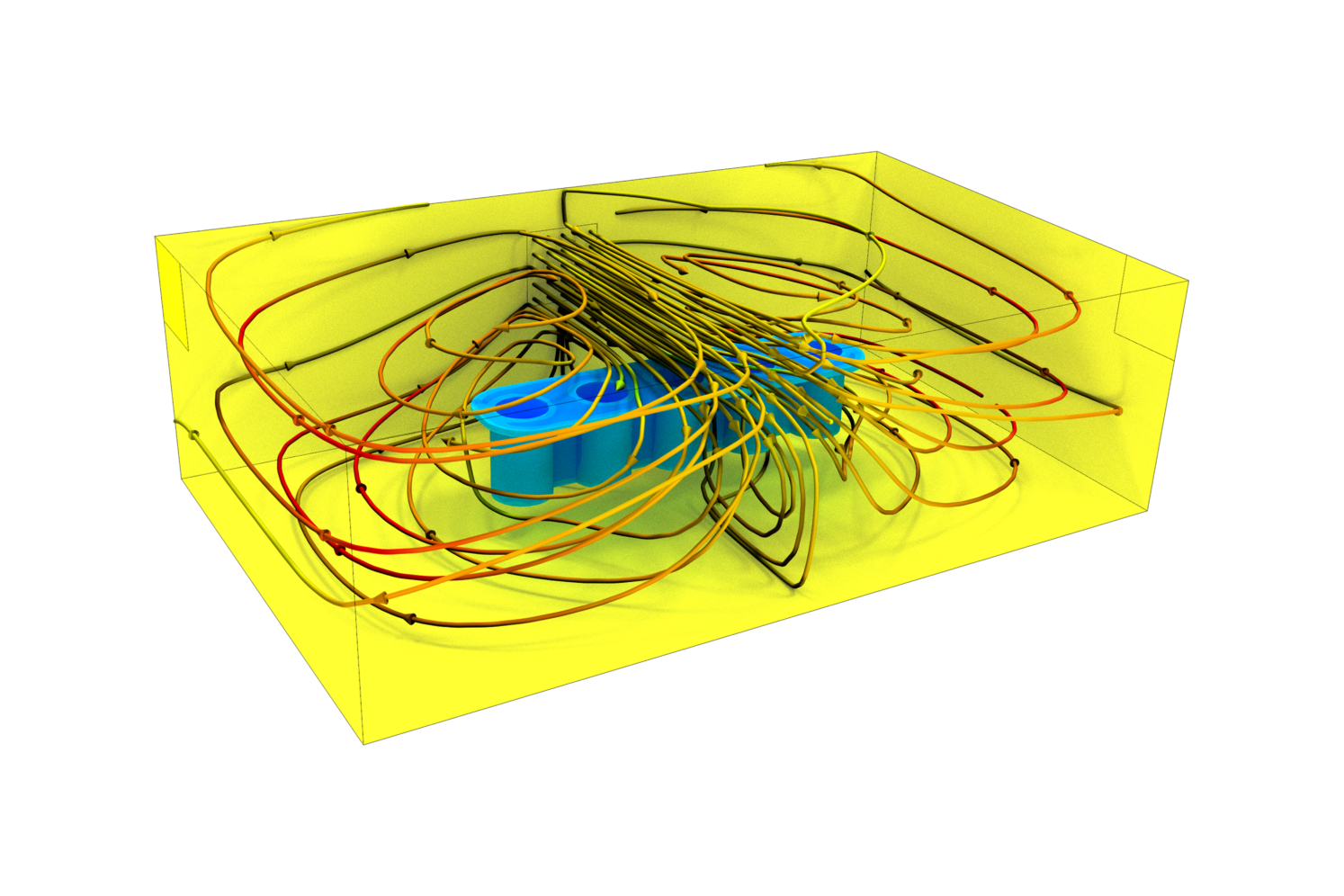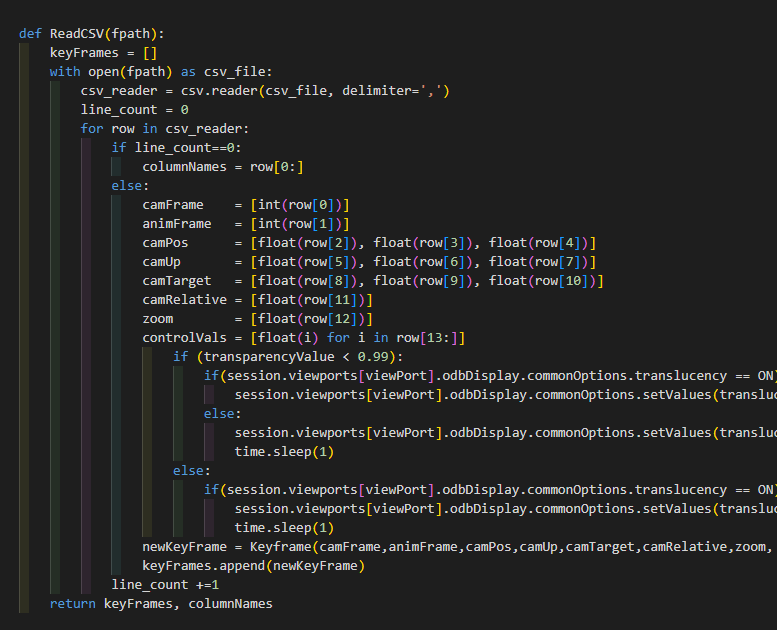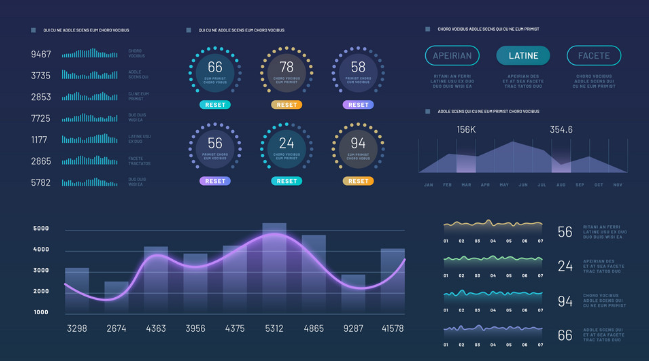Applied Sciences
A multidisciplinary team of experts spanning computational modelling, material science, data science and life sciences. We pioneer the application and development of cutting-edge analysis techniques to deliver insights where conventional problem-solving techniques have failed. Our pride comes from translating tomorrow's technology into today’s solutions.
The home of innovation through collaboration pioneering industrial research data-driven decision making virtual product development your next R&D success story

Digital Twins - Medical Device
Digital twins allow us to explore and interrogate medical devices like never before. Layers of complexity can be systematically peeled away to expose their underlying mechanics in unrivalled resolution. Our digital lens enables a meticulous understanding of how manufacturing, assembly and use can influence performance. At their core, medical device digital twins help de-risk device development and future-proof on-market devices by providing insights beyond the limits of conventional physical testing alone.

Digital Tissues - Drug Delivery
Crux have pioneered the development of digital tissues and virtual anatomies to provide in-silico drug delivery to the pharmaceutical industry. From parenteral to inhalation therapies, our virtual drug delivery capability is underpinned by rich physical test data offering an unrivalled predictive capability. Crux’s digital tissues allow drug developers and device makers to understand the mechanical interactions the therapeutic impact of changes in drug, device and tissue like never before. The growing adoption of computational modelling to support regulatory submissions (ASME V&V40) allow Crux’s virtual anatomies to offer a faster, cheaper and more ethical regulatory pathway than conventional clinical trials.

Virtual Processing - Drug Production
Production of medical devices, surgical tools and consumer products requires traversing complex multi-stage manufacturing, assembly and packaging lines. Each stage can exert damage or trauma to a product, insignificant at the time but often the catalyst for on-market failures later in life. Production trauma can come from environmental extremes (sterilization and cold chain), mechanical loading (assembly alignment) and residual stresses (injection moulding). Crux’s unique combination of expertise allows us to digitalise these complex multi-physics processes and decode the sources of on-market failures. A digitalised assembly line allows us to expose weak points in a manufacturing process and optimise assembly machines to produce robust and right-first-time products.

Applied AI - Advanced Analytics
Great value comes from transforming data into insights. At Crux, we advocate the benefits of quantifying the physical world, from the nuances of human behaviour to the macroscopic physics driving medical advances. Regardless of the source, we maximise data-driven insights by leveraging advanced analytical tools such as regression modelling, uncertainty quantification, computer vision and natural language processing to complement and support conventional tools. Our data science specialists take proven machine learning techniques and robustly apply them to industrial settings such from device design, HF studies, production lines and logistics channels. We strive to cut through the complexity and jargon associated with AI, lower the barrier to entry for widespread adoption and ultimately help make the predictive capability accessible to all.

Characterisation Lab - Materials & Devices
We have built a high-fidelity characterisation lab to quantify the mechanical performance of a range of products from surgical tools to consumer goods and the constituent materials they are made from. Crux’s data-driven development process advocates building confidence from the ground up, this begins with a robust description of material behaviour. Our lab’s capability allows us to capture complex mechanical behaviour under a range of operating conditions such as thermal extremes (-150°C to +350°C), humidity, hyperelasticity, viscoelasticity, friction, damage, fracture, wear and creep. Combined with our best-in-class simulation offering, we can generate material cards to underpin and performance data to validation our digital twins all under one roof, an essential activity to support regulatory submissions.

Structural Optimisation - Advanced Packaging
Packaging materials, an often-overlooked component acting as the first line of defence during transit comes in a range and different shapes, sizes and materials. Fibreboards, the most common and low-cost packaging option exhibits a highly complex structural response which makes predicting its behaviour challenging and expensive. Crux have pioneered the development of numerical techniques capable of describing the complex behaviour of a range of packaging materials and their constituent parts e.g., corrugates. Our advanced digital twins allow for packaging modalities to be optimised to meet high performance standards whilst minimising material use. Crux utilise advanced modelling techniques to decode on-market failures and enhance product robustness across a range of industries including medical, surgical and FMCG.
Areas of expertise

Virtual De-Risking

Digital Drug Delivery

End-to-End Traceability

Bespoke Software & Analysis

Workflow Automation & GUIs

Regulatory Simulation

“Our team utilises advanced physics based tools, experiments, and cutting edge AI techniques to deliver valuable insights for your applications. We're proud to expertly research and generate applied knowledge across various sectors.“